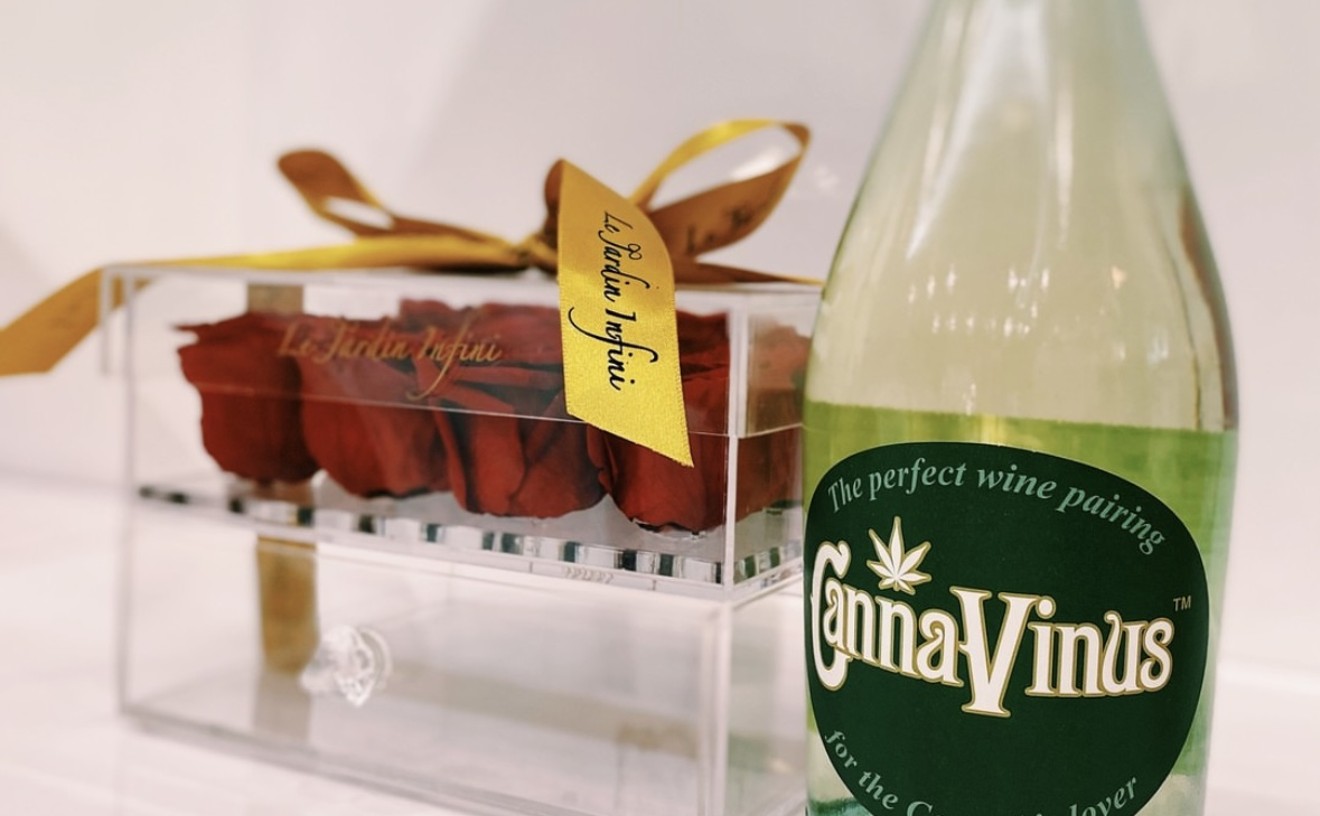According to the FDA, the recommended daily caffeine intake for a healthy adult should be below 600 mg, which equates to four to seven cups of coffee. That's a big range, and this glaring ambiguity is just the tip of the iceberg.
We may have certain scientific standards for caffeine intake, but they’re rendered useless if they have no functional meaning. And this could be of huge concern to the ever-growing demographic of health-conscious Americans. Multiple studies done by the Mayo Clinic have linked a daily habit of overcaffeinating to insomnia, high blood pressure, muscle tremors, and
The reason for this confusion isn’t lack of interest or some overarching Starbucks corporate conspiracy. Rather, the sheer number of variables involved in roasting and brewing coffee makes measuring caffeine content
Most of
Even with the most standardized of practices, every batch is slightly different, and sending a sample of each to a microbiology lab is costly and unrealistic, especially for smaller businesses.
“If I was mandated that I had to know the caffeine level of each batch... and each time I have to send it to a microbiology lab, I can tell you the price of a cup of coffee or a bag of coffee is going to go up,” says Chris Johnson, owner of Eternity Coffee Roasters.
Like most of us, local roasters don’t seem eager to find exact figures for caffeine content.
“People haven’t really seemed to be that interested in the actual number,” Alaska Coffee Roasting Co. founder Michael Gesser says. “And the actual number has not really been that interesting to me.”
Even if a system of measurement were ultimately achieved, Gesser says its significance would vary from person to person.
“As to what that number would mean in terms of your quality of life and what you do, there’s a lot of information you would have to process to make those decisions,” he says. “Obviously, knowing your own body and knowing your own limits is an important part of being a human being in general.”
Johnson also cites trial-and-error as the best available option for caffeine control. He says relying on personal homebrewing rituals is the closest we can get to consistency.
“I think everybody in general kind of
Experts echo this uncertainty. Eduard Tiozzo, exercise physiologist and postdoctoral research associate at the University of Miami Miller School of Medicine, says the only true measurement is the number of cups themselves.
In other words, though we can’t pinpoint the exact amount of caffeine in a cup of coffee, we do know, of course, that two cups will contain a greater amount than one cup of the same size. So when experimenting with our own intake, we’re forced to draw conclusions based on units of “more” versus “less” instead of actual figures.
Modern consumers are more educated than ever on the specifics of their coffee: the country of origin, the shade of the roast, whether it was grown organically or with pesticides, and even whether it was fair trade, free trade, or slave trade. Yet the question of caffeine content remains unanswered.
Knowing that the FDA recommends staying below 600 mg, it looks like the best way is to drink fewer than five or six cups a day.
“The reason coffee consumption is still not regulated enough may be multifold,” Tiozzo says. “We don't know enough, the benefits probably outweigh the harm, and we probably have other and more pressing issues to deal with when it comes to public health guidelines.”
Still, caffeine is technically a drug, and there’s something to be said for being aware of how much of it we put in our bodies.
In the September issue of Food & Wine, writer Marnie Hanel suggested that “a label announcing the caffeine content might help – just as it’s nice to be able to pick up a bottle of beer and know how much alcohol is in it.”
But with so many adamant opinions about the food industry — “if it’s not organic, it might as well be poison” — it’s refreshing that consumers aren’t running rampant on social media about caffeine control. After all, it would take a whole lot more than that to make Americans betray their beloved beverage. So concentrate on coffee’s many benefits – reduced risk of type 2 diabetes, stroke, heart arrhythmia, Parkinson’s, and cancer, to name a few – and let this whole caffeine thing slide.










